Innovations in Drug Delivery Systems
Advancements in drug delivery systems are poised to enhance the efficacy and patient compliance of GLP-1 therapies. The introduction of long-acting formulations and combination therapies is transforming the GLP-1 Drug Market. For instance, recent innovations have led to the development of once-weekly injections, which significantly improve adherence compared to daily regimens. This shift not only benefits patients but also expands the market potential for pharmaceutical companies. As the industry continues to innovate, it is anticipated that these advancements will attract a broader patient base, thereby propelling the growth of the GLP-1 Drug Market. The integration of user-friendly devices for self-administration may further enhance patient experience and satisfaction.
Increasing Prevalence of Obesity and Diabetes
The rising incidence of obesity and diabetes is a primary driver for the GLP-1 Drug Market. According to recent statistics, approximately 422 million people worldwide are living with diabetes, with obesity being a significant risk factor. This alarming trend has led to a heightened demand for effective pharmacological interventions, particularly GLP-1 receptor agonists, which have demonstrated efficacy in weight loss and glycemic control. The market is projected to expand as healthcare providers increasingly prescribe these medications to manage chronic conditions associated with obesity. Furthermore, the World Health Organization has identified obesity as a global epidemic, which underscores the urgent need for innovative solutions within the GLP-1 Drug Market.
Rising Investment in Diabetes and Obesity Research
The surge in investment for research and development in diabetes and obesity is a significant driver for the GLP-1 Drug Market. Pharmaceutical companies are allocating substantial resources to discover and develop new GLP-1 receptor agonists and related therapies. This investment is fueled by the increasing burden of these chronic conditions on healthcare systems, prompting a need for innovative solutions. Recent reports indicate that funding for diabetes research has increased by over 25% in the past year, reflecting a commitment to addressing these pressing health issues. As research yields new insights and potential therapies, the GLP-1 Drug Market is expected to benefit from a pipeline of novel products that could reshape treatment paradigms.
Growing Awareness and Acceptance of GLP-1 Therapies
There is a notable increase in awareness and acceptance of GLP-1 therapies among both healthcare professionals and patients. Educational initiatives and marketing campaigns have effectively communicated the benefits of GLP-1 receptor agonists, leading to a more informed patient population. As a result, the GLP-1 Drug Market is experiencing a surge in prescriptions, with a reported increase of over 30% in the last year alone. This trend is likely to continue as more patients seek effective treatments for weight management and diabetes. Additionally, the endorsement of these therapies by leading medical organizations further solidifies their position in the treatment landscape, thereby driving growth in the GLP-1 Drug Market.
Regulatory Support and Favorable Reimbursement Policies
Regulatory support and favorable reimbursement policies are critical factors influencing the GLP-1 Drug Market. Governments and health authorities are increasingly recognizing the importance of GLP-1 therapies in managing chronic diseases, leading to expedited approval processes for new drugs. Additionally, many health insurance plans are beginning to cover GLP-1 medications, making them more accessible to patients. This trend is likely to encourage more healthcare providers to prescribe these therapies, thereby expanding the market. The alignment of regulatory frameworks with clinical guidelines further supports the adoption of GLP-1 drugs, indicating a positive trajectory for the GLP-1 Drug Market in the coming years.


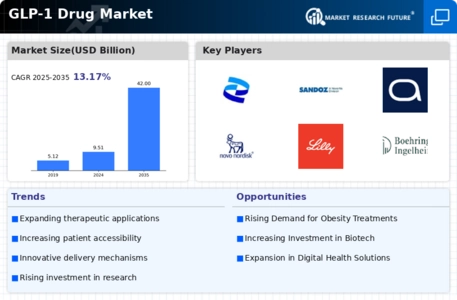
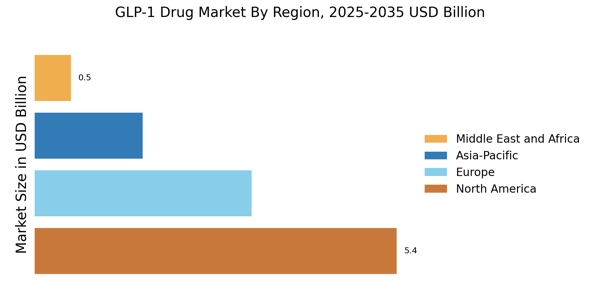


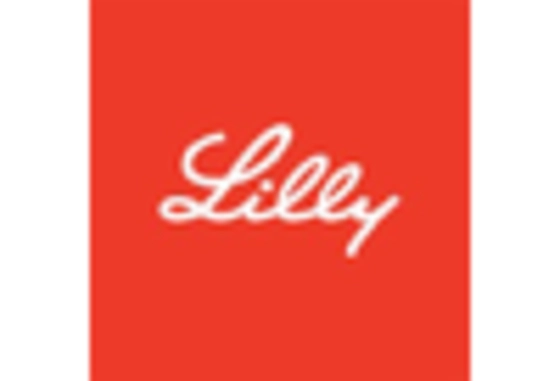

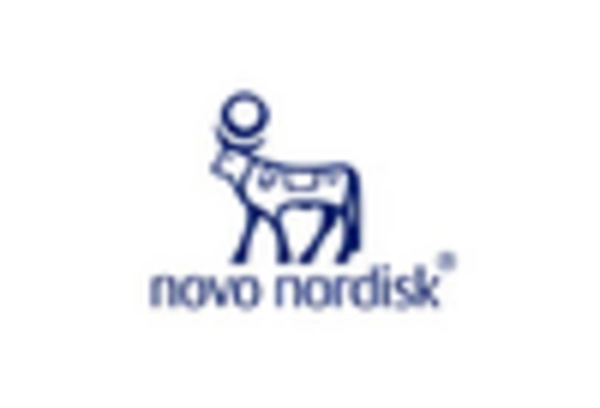
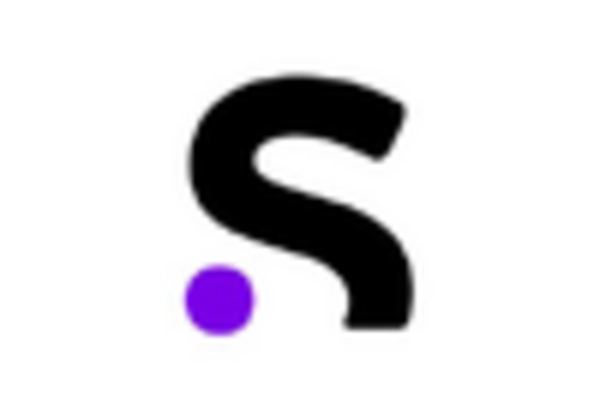








Leave a Comment